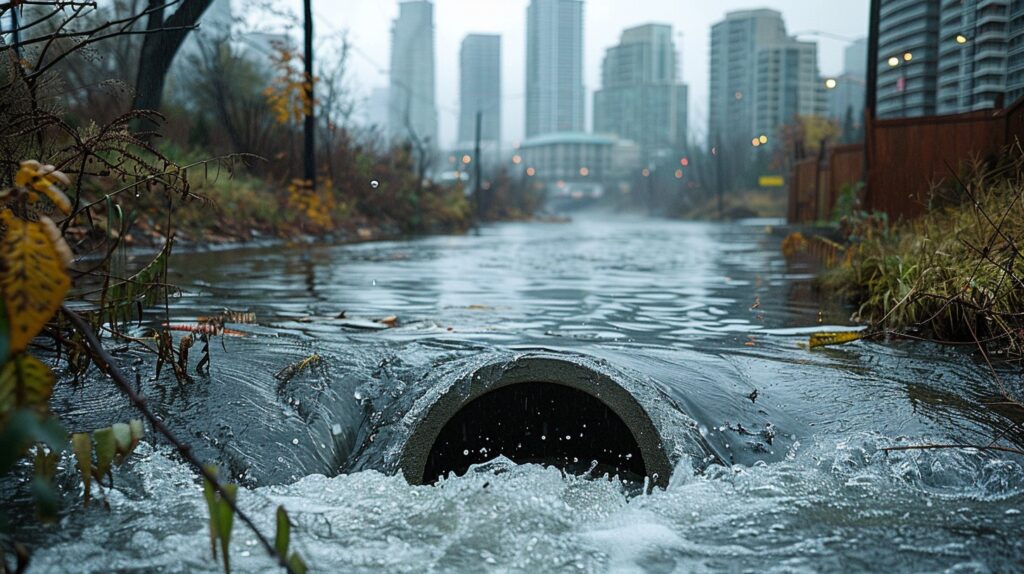As the effects of climate change become increasingly evident, commercial real estate (CRE) investors and developers are prioritizing climate resilience in their portfolios. From rising sea levels to extreme weather events, the need for weather-proof properties is more urgent than ever. Let’s explore how climate resilience is shaping the future of CRE and what investors need to consider when seeking to build or acquire weather-resistant properties.

Understanding Climate Resilience in CRE
Climate resilience refers to the ability of a property to withstand and recover from adverse weather conditions and climate-related events. In commercial real estate, this involves designing, constructing, and maintaining buildings that can endure extreme weather while minimizing damage and operational disruption.
Think of it as investing in a fortress that stands strong against nature’s challenges!
Why Climate Resilience Matters
- Mitigating Financial Risks
Properties vulnerable to climate impacts face potential devaluation, higher insurance premiums, and costly repairs. By investing in resilient buildings, owners can protect their assets and reduce long-term financial risks associated with climate events. - Increasing Demand from Tenants
Businesses are becoming more aware of climate issues and are seeking sustainable, resilient spaces. Properties designed to withstand weather extremes are not only more attractive to tenants but can also command higher rents and longer lease terms. - Regulatory Compliance
Governments worldwide are enacting stricter regulations to promote sustainability and climate adaptation. CRE investors must stay ahead of these changes to ensure compliance and avoid potential penalties or fines.
Key Strategies for Weather-Proof Properties
- Site Selection
Choosing the right location is crucial. Avoid areas prone to flooding, wildfires, or severe storms. Conduct thorough risk assessments to understand the climate vulnerabilities of potential sites. - Sustainable Design and Construction
Implementing sustainable building practices, such as using durable materials, energy-efficient systems, and green roofs, can enhance a property’s resilience. Designs that account for climate factors—like elevated structures in flood-prone areas—can significantly reduce risk. - Smart Technology Integration
Utilizing smart building technologies can enhance a property’s resilience. Systems that monitor weather patterns, detect leaks, and manage energy use can help minimize damage and operational disruptions during adverse weather events. - Emergency Preparedness Plans
Having a comprehensive emergency preparedness plan in place is essential. This includes evacuation routes, communication strategies, and maintenance schedules to ensure that properties are ready to respond effectively to climate-related emergencies.
Examples of Climate-Resilient CRE Projects
- The Bullitt Center, Seattle
Often referred to as the “greenest commercial building in the world,” this office space incorporates rainwater harvesting, solar energy, and natural ventilation. Its design ensures minimal environmental impact and resilience against Seattle’s heavy rainfall. - New York City’s Resiliency Projects
In response to Hurricane Sandy, NYC has invested in various climate resilience initiatives, including elevated parks and flood-resistant infrastructure. These projects enhance the city’s ability to withstand future storms while creating attractive public spaces. - The Edge, Amsterdam
This state-of-the-art office building focuses on sustainability, utilizing smart technology for energy management, natural lighting, and water conservation, making it a model for future resilient commercial developments.
Investing in the Future
Investing in climate-resilient properties is not just about protecting assets; it’s about shaping a sustainable future. As climate change continues to pose challenges, the demand for resilient buildings will only grow. By prioritizing sustainability and resilience, investors can play a vital role in creating a more secure and sustainable environment for businesses and communities.
Conclusion
The intersection of commercial real estate and climate resilience is an evolving landscape filled with opportunity. By focusing on weather-proof properties, CRE investors can protect their investments while contributing to a sustainable future. As we face an uncertain climate ahead, let’s embrace innovation, build resilience, and ensure that our commercial spaces are ready to weather any storm!

